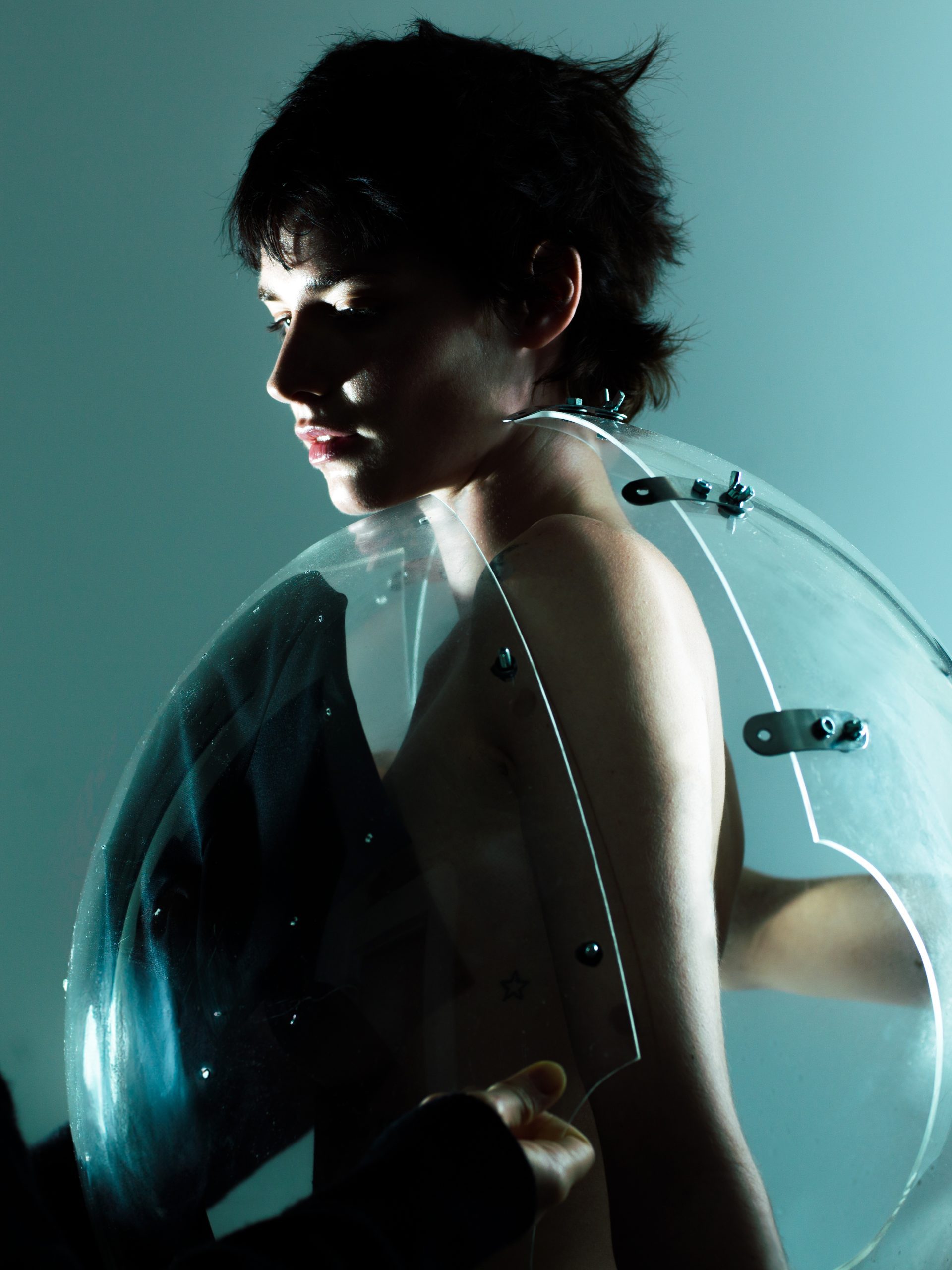Debate and conversation are healthy portions of sustenance that keep modern society alive, pumping and evolving. It is through abrasive opinions, tensions, and discordances that we are able to learn and develop both as individuals and as a social race. Whilst thinkers once turned to the power of voice to orate their views, magazines, and journals have now become mechanisms that plate this meaty goodness of thought to the masses. News and current issues are served hot and fresh, ready for consumption by the hungry public who are quick to sink their teeth into controversy and drama. But, with so many media outlets, the media, and publishing houses are often placed head to head, in a direct battle to snatch consumer attention. Magazines typically found themselves fighting with dirty tactics for readership, using the pull of outlandish headlines, clickbait images or even fake news. It is no surprise that in our content filled world, many are asking whether the competitiveness of the industry is now hacking away at the authenticity of writing?
With media and journalism oversaturated by uncountable voices, magazine publications have definitely had to play their ace, carve out a niche, and somewhat desperately diversify in order to stand out from the crowd. In many ways, this pressured environment has led to deeply thoughtful strains of creativity and the emergence of more refined, cultivated, and specific creative endeavours. It has become harder for journalists to identify the gaps in the conversation, as the cracks and fissures are endlessly being filled as new news and strains of opinion break with each dawn. Publications can no longer churn out average content, stylised to their tone and image, but they now need to find information of interest that hasn’t yet been exposed or poured over in the same way. This has certainly been the developing mission at GLITCH and ahead of our first edition launch next month, we feel confident that our words and images will fill a glaring gap that has been ignored in the magazine landscape up until now. That said, sussing out the missing sentences in the story has been a labour of both love and learning, and our keenness to stand in opposition to the dominant voices has been a precarious line to navigate.
The competitive magazine industry has had to adapt to oversaturation, and as such there is now an obvious spike in special interest magazines, against the backdrop of a decline in general interest magazines. Companies are having to declare their area of expertise more overtly, and sing true to the narrow territory they have chosen to embark on. Arguably, this is helping to diversify the industry and allow for small individual pockets of success; the market can be more sparse, and readers can dip and dive into different corners of the world of word. Conversely, the pressure to be “different” or “niche” is also causing writing to become effected, inauthentic and polarized. A large proportion of the industry functions with writers writing under branded names and titles, and as such their work often has to be toned and fitted to the brand personality of the cooperation that pay their contract. Whilst not an unusual business model of any sorts, as titles compete for readership traction, they are often trying to narrow themselves as tightly and constrict themselves to a certain set of beliefs, ideologies, and ways of reporting that constrict genuine thought. The effect can be that the content and the information we read and absorb become sales-oriented and manipulative marketing driven. The power and relatability of human analysis, nuanced debate, and passionate conversation becomes unprioritized in preference to the numbers and the PR image.
What’s more, are now in an era where typed word holds great influence. Media outlets have grown in numbers with the increasingly easy ability to “publish” that is offered by social media, chat forums, and digital word processing tools. Not only are publications battling it out, but in a world where anyone can be a journalist, the experienced professional writers are also competing against irate keyboard warriors. Many people that digitalization is making printed writing a relic of the past, but it is also fuelling the journalism industry with the competitive fire it needs to stay alive and kicking. With digitalization, breaking news can become analysis and opinion fuelled debate in a matter of hours, and raw facts can become hard hooking emotive stories by the end of the day. Technology has meant that the public can be constantly satiated with new addictive information and discussion. Social media is increasingly used for information exchange and communication, and the traction and buzz around newspapers and magazine accounts is set to exponentially expand. That said, whenever we praise the hand of technology, an ugly double-edged sword always rears its head. We now exist in a world where anyone’s’ words can be “published” and anyone’s’ words can become viral, trending or more scarily taken, as truth and fact. Facebook’s updates are taken as facts, and Twitter rants as logical points of view. Social platforms are both widening the scope of debate and bringing more thinkers and orators to the table, but they are also diluting and corrupting the legitimacy of reporting.
The most pressing current battle is ultimately that against free content, and it is this free content that tends to be lacking in legitimacy. Whilst the dissemination of free information amongst society is positive, it is certainly a contentious threat to professional writers and magazine teams who feel their work is not only challenged but often marred by the phenomenon of poor reporting. In order to survive, magazines are now needing to supplement their total offering, and expand beyond the realms of a traditional printed information hub. Perhaps they need to switch the way they view their business, and understand that they need to offer more of a service rather than a product. Buying a magazine, or viewing its digital content need to be more about absorbing a variety of information that has both an educational usefulness and an entertaining value. A magazine’s gold mine is the knowledge, resources, co-creators, and industry insights it can bring together, not the glossy medium itself. Within a culture that shuns paper usage and consumerism, it could seem somewhat odd that GLITCH is announcing their inaugural print edition this September, but it is this intangible value between the pages that we think warrants its physical creation. DNA stretches the known limits of magazine value, as the pages and words will quite literally breathe life out of the page, and the reading experience of this edition is somewhat otherworldly. At GLITCH, we are not set back by the competitiveness of the industry, but rather spurred forwards in our mission, impassioned to diversify and reshape the power of the journalist and reader relationship. We hope you can join us on this journey, and we warmly invite you to pre-order an edition of DNA. Let’s disrupt the industry.
Written by Hebe Street from GLITCH Magazine





